Water levels in the Panama Canal and deforestation in the Chagres River watershed. The migration of salmon and the health of trees and orcas in Washington State. Previewing the PBS special series Age of Nature, I’m finding stories that feel familiar. There might not be orcas in Apalachicola Bay, or salmon in the Apalachicola River, but there is an interplay between the river and bay here, and the ecosystems around them. Rivers are much more than the water that flows through them; that’s true in Florida, Washington, or Panama.
Last week I went out to the Apalachicola Bluffs and Ravines Preserve with The Nature Conservancy and the Florida Native Plant Society. We were talking about plants; this is an area renowned for its plant diversity. It wasn’t surprising to learn about the ways in which animals benefit from native longleaf pine, grasses, shrubs, and wildflowers. But, also, we learned, if plants on bluffs high above the river have everything they need to thrive, they send ripples throughout the river system. They help move fresh water into the river and put sand on the beach at St. George Island. We’ll visit that part of the watershed next week with our third partner on this project, Apalachicola Riverkeeper.
The Age of Nature is about the human relationship to nature, and fixing our past mistakes. Through a grant from PBS, we’re exploring that relationship along the Apalachicola River basin. There may not be a region in our area with a tighter human connection to nature. A crippled oyster fishery and a timber industry wrecked by Hurricane Michael have illustrated this. Restored longleaf habitat alone won’t fix these problems. But it is one important component of this watershed.
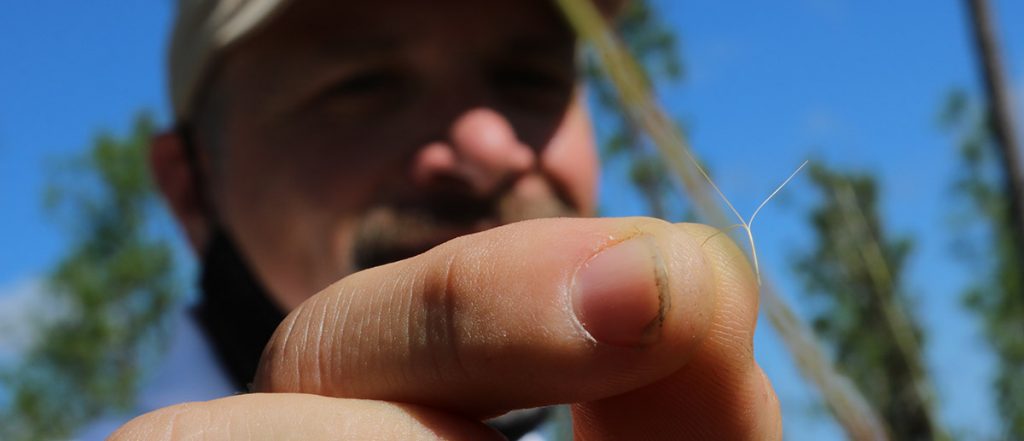
Be a Part of the Discussion | The Age of Nature on WFSU
Join us for a series of television, radio, and Ecology Blog stories answering the questions at the heart of Age of Nature as they pertain to the Apalachicola River and Forgotten Coast. And then, on October 20, at 7 pm ET, join us for a screening and discussion. We’ll preview upcoming episodes of Age of Nature, and an all-star panel will talk about the future of this remarkable bio-region. The recording is now up- click the button to watch! Thanks to all of our panelists and attendees.
Before that, we’re taking a virtual field trip to the Apalachicola Bluffs and Ravines for middle and high school students. Edit October 7, 2020- Thanks to everyone who attended our field trip! Below is a recording, and additional resources for teachers.
We’ve covered the Apalachicola River basin for ten years. You can browse our previous stories here.
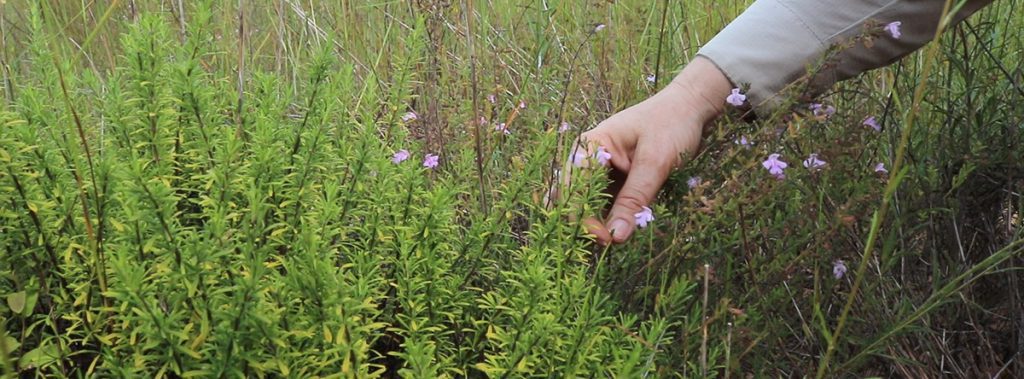
Curious about the images in the banner above? Scroll down for a description of each image.
About the Age of Nature
At this crucial turning point in our planet’s history, The Age of Nature brings together inspirational contributors, rare archive material and stunning imagery from around the world, to give us a deeper understanding of Nature and our place within it.
The series asks specific questions and answers them with three major stories that provide crucial insights into the dawn of The Age of Nature.
What have our past mistakes taught us about nature?
How is our understanding of nature changing the way we live?
As the challenges we face mount, where are we heading next?
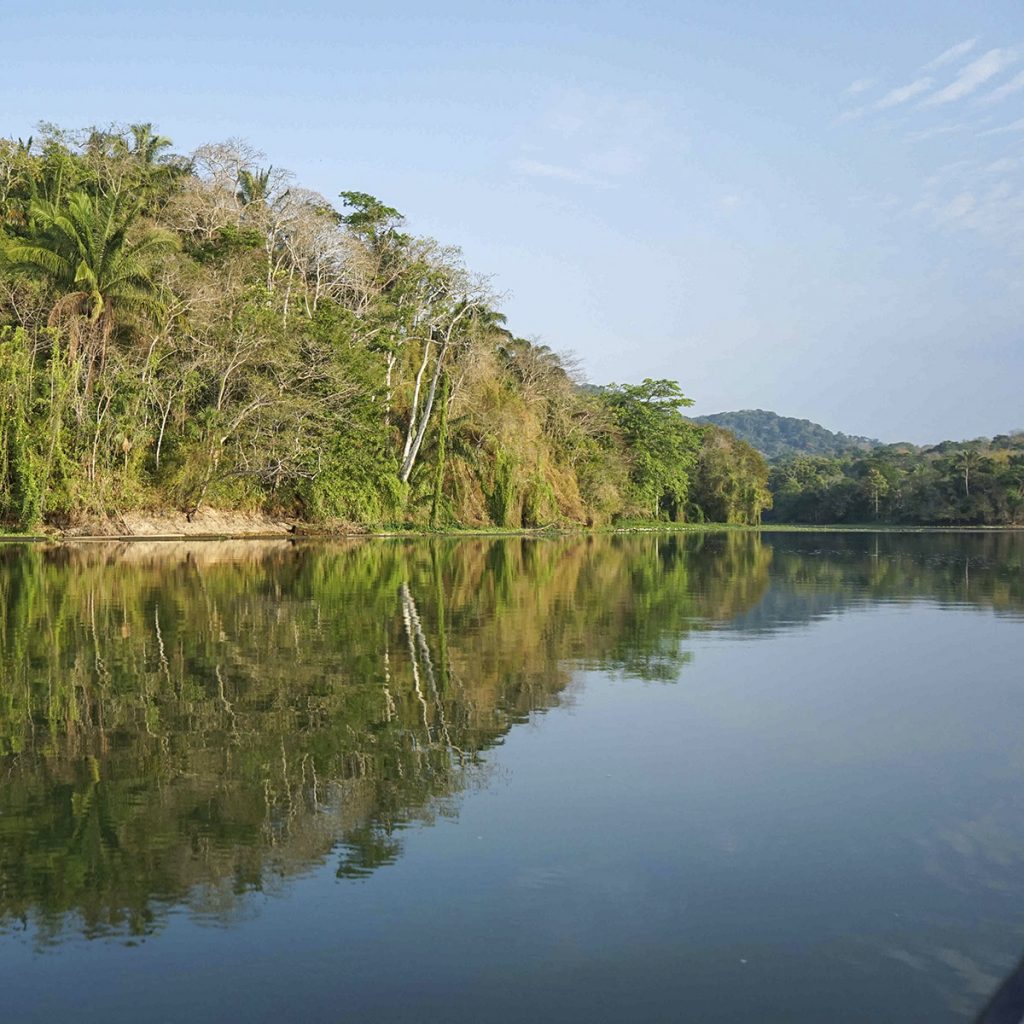
EPISODE 1 – AWAKENING Wednesday, October 14 at 10 pm ET
Our awareness of Nature is growing. As we discover its role in our modern world and realize its true value, action is being taken to protect and restore it. This story is told by inspiring contributors who reveal the awakening of a new era.
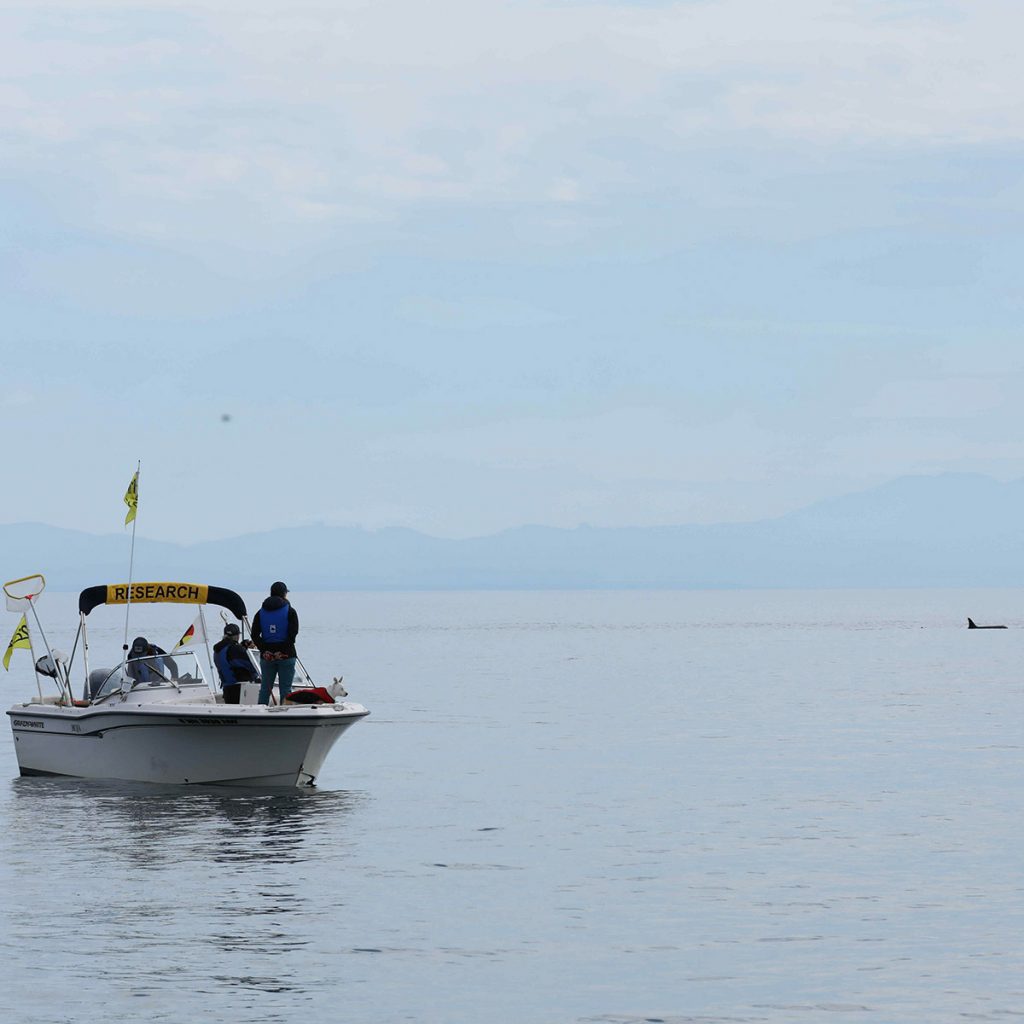
EPISODE 2 – UNDERSTANDING Wednesday, October 21 at 10 pm ET
A new understanding of the way Nature works is helping us find some surprising ways of fixing it. As our understanding deepens, we realize that everything is connected, and by helping to restore Nature we all benefit, humans and animals alike.
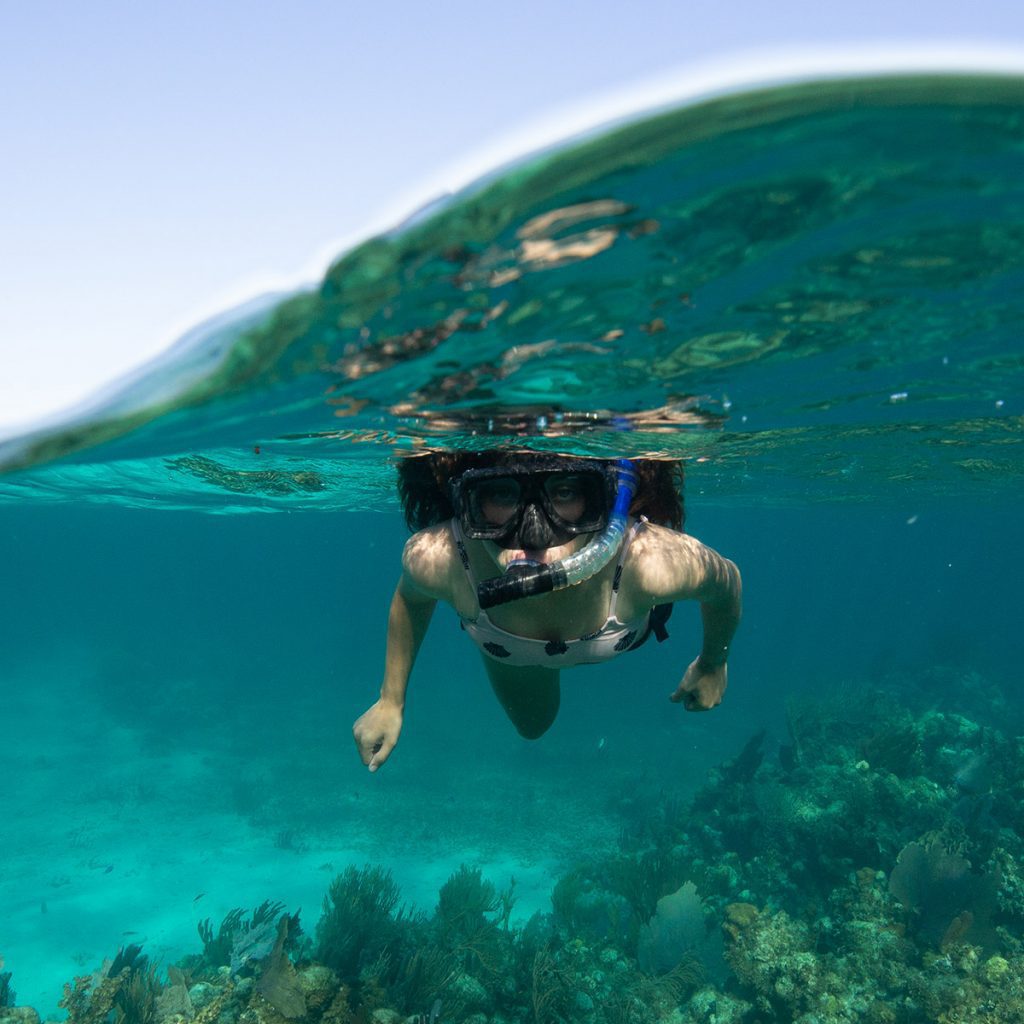
EPISODE 3 – CHANGING Wednesday, October 28 at 10 pm ET
Our world is governed by the rules of Nature, and we are seeing it unleash its power. As global warming accelerates, it’s clear that restoring Nature is our only defense against an uncertain future. Are we ready to change our destiny?
Images in the banner
To create the banner above, I selected six images from across the Apalachicola watershed. From left to right, here is a description of each:
- Gulf fritillary butterfly on the rare, Florida panhandle endemic Gholson’s blazingstar (Liatris gholsonii). On our shoot last week, Lilly Anderson-Messec spotted this on the rim of a steephead ravine.
- A kayak trip through Graham’s Creek, in Tate’s Hell State Forest. Tupelo swamps such as these are an important source of nutrients for the Apalachicola Bay estuary.
- Seeding wiregrass in a sandhill restoration site in Torreya State Park.
- A closeup of the sand on a Saint Vincent Island beach. The island, and the other barrier islands surrounding Apalachicola Bay, were created by sand carried down the Apalachicola River. Before the construction of the Jim Woodruff Dam, that sand came from as far away as the foothills of the Appalachian Mountains. The river now scours sand from the river bottom for miles below the dam, and carries sand washed into the river from fire dependent sandhill ecosystems.
- An Apalachicola oysterman pulls in a meager harvest. The Apalachicola oyster fishery is closing for five years to allow its diminished stock to replenish.
- The eggs of an Apalachicola dusky salamander, found at the edge of a steephead stream. This animal is endemic to the Apalachicola Bluffs and Ravines region.
